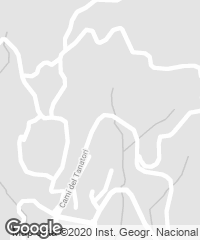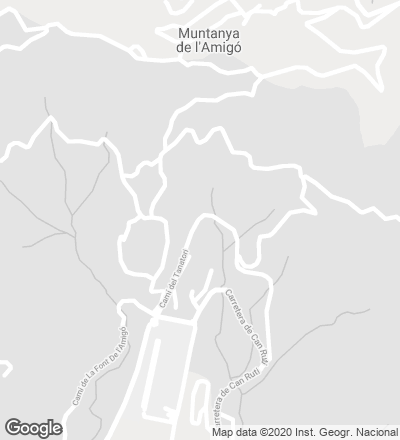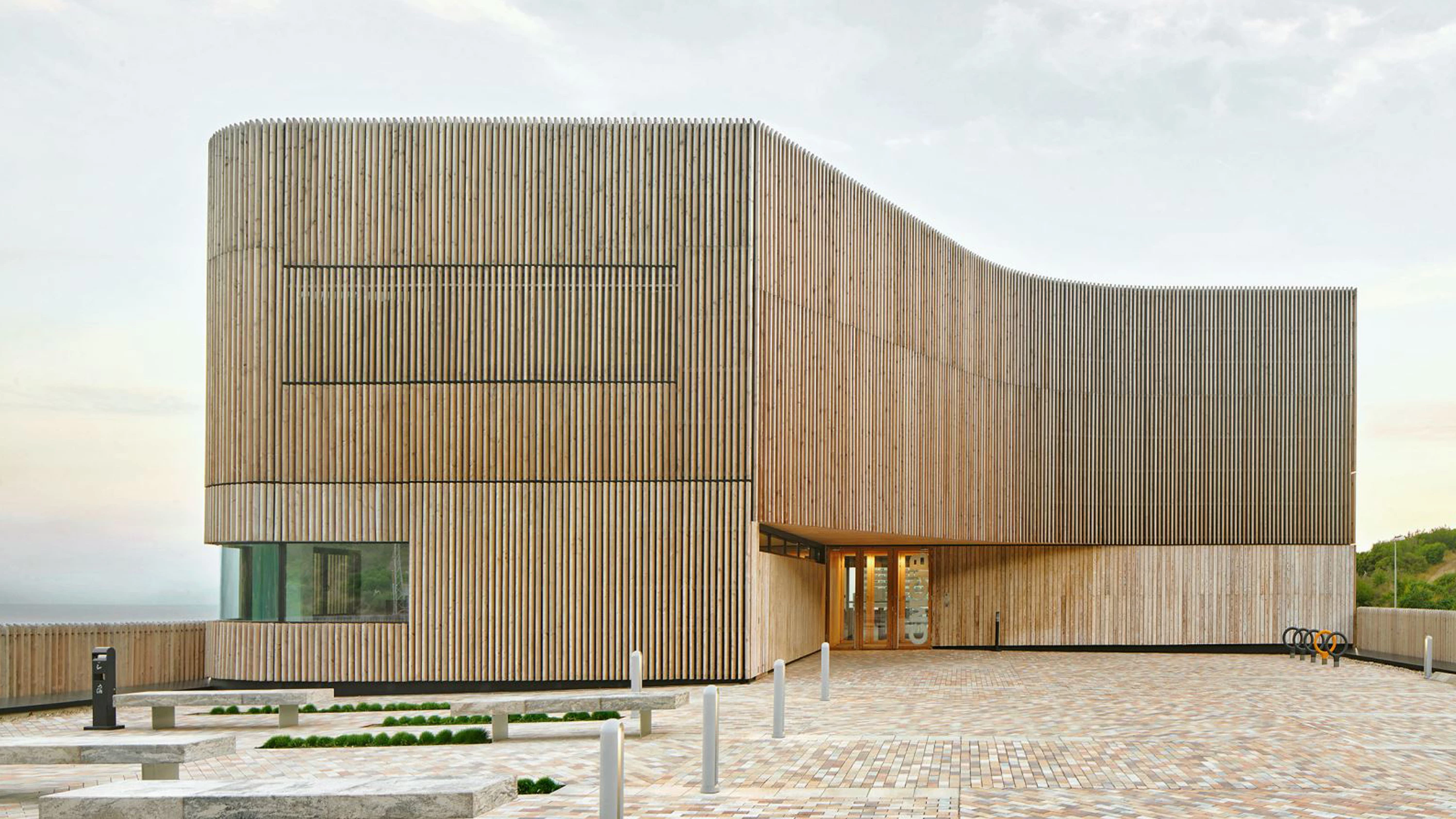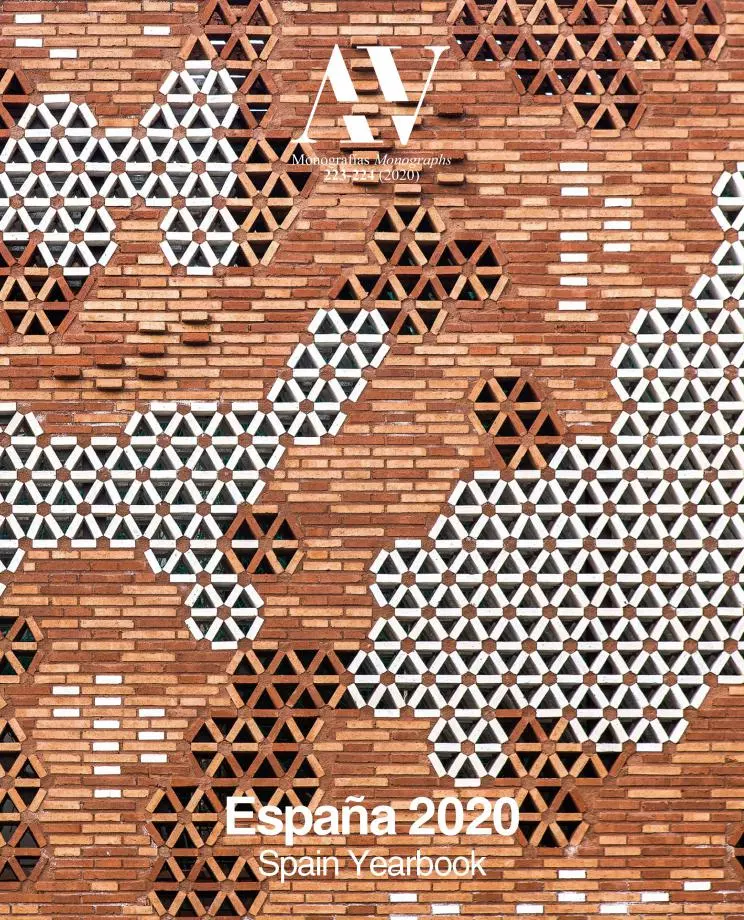CMCiB Building, Badalona
Calderon-Folch Arquitectes Pol Sarsanedas- Type Health Health center
- Material Wood
- Date 2013 - 2018
- City Badalona (Barcelona)
- Country Spain
- Photograph José Hevia


The project for the CMCiB Building (Comparative Medicine and Bioimage Center) seeks addressing complex technical and functional issues in a way that is sustainable and sensitive to context and achieves high comfort levels (visual, hygrothermal, and acoustic).
.webp?h=ee029101)
Aspects like the location of the volume on the site, the definition of an organic geometry and its materiality, and the presence of nature in the outdoor spaces work together to meld the building respectfully into its landscape. On a plot with a steep slope that borders on a wooded area at the highest point of Can Ruti Campus, the difference in height creates a topographical building that connects the building levels, articulating the program inside and reducing the apparent volume. In this way, the research areas, which need stable climate conditions, are partially buried below the planted surfaces. The compact volume of rounded edges connects with the environment via a concave curve that embraces the access plaza and a biospheric wood envelope in dialogue with the Parc de la Serralada de Marina.
Two levels of access – public and logistic – create two functional areas: administration and scientific-technical. This stratification permits segregating the activities and guaranteeing an optimum performance of the center while complying with strict biological containment requirements. A mechanical level for the whole scientific-technical area allows accessing all the installations without hindering the scientific-educational activity.

Materials with a low ecological footprint are chosen in order to minimize carbon dioxide emissions. The enclosure is built with a modular system of light framing of wood, blow-in cellulose, exterior insulation of wood fibers, and untreated larch wood cladding above 3.5 meters, fireproofed at the base. Prefabrication systems – also in the load-bearing structure – guarantee a greater quality and use the least material possible, speeding up the construction process.
.webp?h=ee029101)
Among the energy efficiency measures applied is the compact design to reduce the area exposed to sunlight, facades and roof with recovery systems and air flow control (adapted to real demand, with NH3 and CO2 sensors), pumps, engines, and high-performance secondary circuits, efficient, and adjustable lighting systems. A 250m² deposit collects rainwater and upgraded plumbing systems reduce water use.
.webp?h=ee029101)
.webp?h=ee029101)


.webp?h=ee029101)

Cliente Client
Fundació Institut d’Investigació en Ciències de la Salut. Germans Trias i Pujol (IGTP)
Arquitectos Architects
Pilar Calderón, Lluís Corbella, Marc Folch, Mario Nahra y Pol Sarsanedas
Colaboradores Collaborators
Pilar Calderon, Marc Folch / CALDERON-FOLCH Studio, Pol Sarsanedas (edificación construction); Lluís Corbella / COMA Arquitectura (urbanización urban planning); Mario Nahra / IPB (instalaciones mechanical engineering); Ramon Cisa / BETARQ (dirección de ejecución execution management)
Consultores Consultants
Jesús Fernández / TRESAT (coordinación de seguridad y salud health and safety coordination)
Superficie Floor area
4.664 m² edificación building, (5.045 m² urbanización development area)
Presupuesto Budget
7.176.409 € PEC (IVA no incluido VAT excluded)
Fotos Photos
José Hevia






